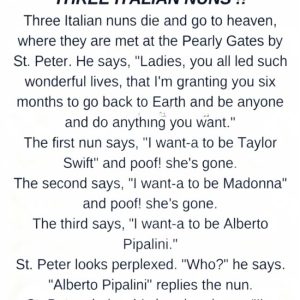We’ve all woken up with that crusty, yellowish gunk in the corners of our eyes. Casually called “sleep,” it’s medically known as eye discharge — and though it looks unpleasant, it’s actually a sign your body is doing important cleanup work overnight.
Neuroscientist Andrew Huberman explains that this discharge is a mix of mucus, oils, dead skin cells, and dead bacteria. In other words, it’s the residue of your eyes defending themselves while you sleep — a tiny battlefield’s aftermath.
During the day, blinking constantly clears away debris and keeps eyes moist. But when your eyelids stay closed during sleep, that self-cleaning process pauses. Waste materials, including bacteria and dead cells, gather in the corners, forming the familiar crust by morning.
Huberman describes it as the “casualties of war.” Even as you rest, your immune system works quietly to destroy bacteria and other irritants. The yellow tint comes from dead white blood cells and the bacteria they’ve eliminated — a sign your body is protecting you.
In small amounts, this discharge is completely normal. It means your eyes are healthy and self-cleaning. However, if you notice excessive buildup, or symptoms like redness, itching, swelling, or thick green discharge, it could indicate an infection such as conjunctivitis.
Other warning signs include blurred vision or light sensitivity, both of which warrant a doctor’s visit. These may suggest something more serious than the usual morning gunk.
Understanding what’s really happening makes that crust less gross — and a little more amazing. It’s your immune system standing guard, even when you’re unaware.
So next time you wipe your eyes in the morning, remember: that yellow goop isn’t just gunk. It’s proof that your body worked through the night to keep your eyes safe, clear, and healthy.





